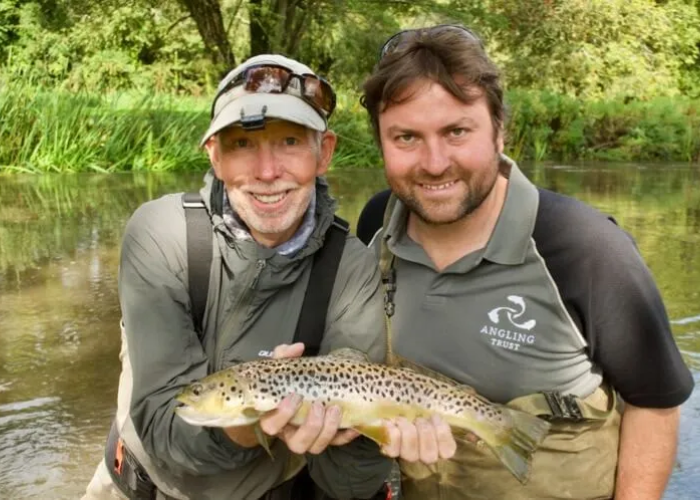Fly fishing is a fun and challenging sport. It requires patience and skill, as well as a good understanding of the environment in order to be successful. Fly fishing is the art of catching fish with the use of a fly rod and reel, artificial flies, and other specialized tackle. It is a method of fishing that has been practiced for centuries and is still popular today. This article will provide an overview of fly fishing, including the equipment needed, basic techniques for catching trout, and responsible practices for fly fishing.
What is Fly Fishing?
Fly fishing is a method of fishing where the angler uses an artificial lure, known as a “fly”, to catch fish. The fly is cast with a fly rod and reel and is designed to imitate the behavior of a natural baitfish or insect. The fly is usually made of feathers, fur, synthetic materials, or other materials, and is attached to a hook. The angler then casts the fly into the water, using a variety of techniques, in order to entice a fish to strike the fly.
Choosing the Right Equipment
Fly fishing requires specialized equipment. The most important pieces of equipment are the fly rod and reel, as well as the flies. The fly rod and reel should be matched in size, weight, and action to the type of fish you are fishing for. The flies should also be matched to the type of fish you are targeting, as different fish species respond to different types of flies. Additionally, some other pieces of equipment that may be helpful to have include waders, polarized sunglasses, and a landing net.
Basic Techniques for Catching Trout
Trout is one of the most popular fish to target with fly fishing. There are several basic techniques for catching trout. One technique is dry fly fishing, which involves casting a dry fly, or an artificial fly, onto the water’s surface. The angler then waits for the trout to strike the fly. Another technique is wet fly fishing, which involves casting a wet fly, or a lure that is designed to imitate a natural baitfish or insect, into the water. The angler then waits for the trout to take the lure.
Exploring Advanced Techniques for Catching Trout
Once you have mastered the basics, you can explore advanced techniques for catching trout. One technique is streamer fishing, which involves using a streamer fly, or a long, artificial lure, to catch trout. Another technique is nymphing, which involves using a nymph, or a small artificial fly, to catch trout.
Catching Fish Other Than Trout
Fly fishing is not limited to trout. There are many other species of fish that can be caught with fly fishing. These include bass, salmon, pike, carp, and panfish. Each of these species of fish requires different techniques and specialized flies in order to be successfully caught.
Responsible Practices for Fly Fishing
Fly fishing is a sport that should be practiced responsibly. This means respecting the environment, the fish, and other anglers. When fishing, it is important to practice catch and release, as this will help to ensure the sustainability of fish populations. Additionally, it is important to be aware of your surroundings and to be considerate of other anglers.
Conclusion
Fly fishing is a rewarding and challenging sport that requires skill and patience. It is important to understand the basics of fly fishing, including the equipment needed and the different techniques for catching trout. Additionally, it is important to practice responsible fishing practices, such as catch and release, in order to ensure the sustainability of fish populations. With the right knowledge and equipment, anyone can enjoy the sport of fly fishing.







